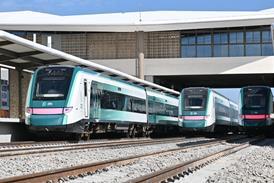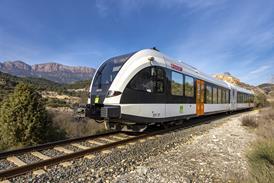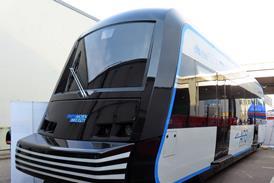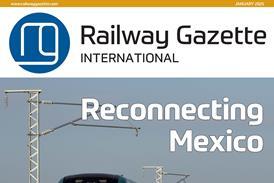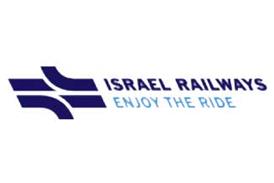ALTHOUGH the Amtrak Reform Council said its annual report published on January 28 was ’not in any sense a finding’, it immediately generated controversy. Approved on an 8 to 3 majority vote, the report disputes Amtrak’s assertion that it is on schedule to be free of taxpayer subsidy by the end of the 2002 fiscal year, as promised to Congress. Nor does the report accept that Amtrak’s productivity is improving. ARC claimed that Amtrak is $1·05bn a year short of what it would need to be self-sufficient, which is $567m more than the figure in Amtrak’s last annual report. That is because the ARC report says Amtrak is using an accounting method which excludes rolling stock depreciation and some overhauls.
There was an immediate and spirited defence from government, with Transportation Secretary Rodney Slater insisting the report ’mischaracterised the intent of this administration’ as to how the railway’s progress should be measured. Federal Railroad Administrator Jolene Molitoris, who voted against the report as a member of ARC, said it ’works counter to our shared goal’ of saving the railway. Amtrak officials defiantly said ARC had not acknowledged revenue and ridership increases in recent years - ’for the past two years we’ve been ahead of our business plan targets’, said spokesman John Wolf.
ARC Chairman Gil Carmichael denied malicious intent, insisting that ’the Council wants Amtrak to succeed’; the report was not designed to attack Amtrak or offer conclusions - just raise necessary questions. Indeed, there were no recommendations, in part because some members said they wanted to see if the delayed Acela high speed service in the Northeast Corridor (p152) would be successful.
Meanwhile, Amtrak announced an 8% year-on-year revenue increase during October 1999 to January 2000, although ridership only rose about 1%. ARC said much of the increase came from non-passenger carrying sources such as cargo, and contract operation of commuter railways. But the Council could have the last laugh. It was formed to keep an eye on Amtrak during its transition to self-sufficiency, and has the power to wind the company up if it remains financially dependent.
Perhaps with this in mind, the fiscal 2001 budget presented by President Clinton in January envisages extra funding for Amtrak. As well as $521m in general funds, another $468m is proposed for a so-called Expanded Intercity Rail Passenger Service Fund, drawn from the extra $3bn in petroleum tax revenues the government now believes it will collect in 2001. At present such additional tax revenues are ring-fenced for road schemes, and a change in legislation would be required to allow the money to be used for rail. The most likely route is to amend TEA-21 so fuel tax funds can be used in federal-state partnerships to extend or improve inter-city passenger services.
H The Surface Transportation Board starts public hearings on March 8 into the recent wave of mergers and consolidations, and in particular the proposed marriage between Burlington Northern Santa Fe and Canadian National Railway. CN President & Chief Executive Officer Paul M Tellier welcomed the hearing as ’a disciplined public evaluation of the concerns expressed about the present and future structure of the North American rail industry.’

